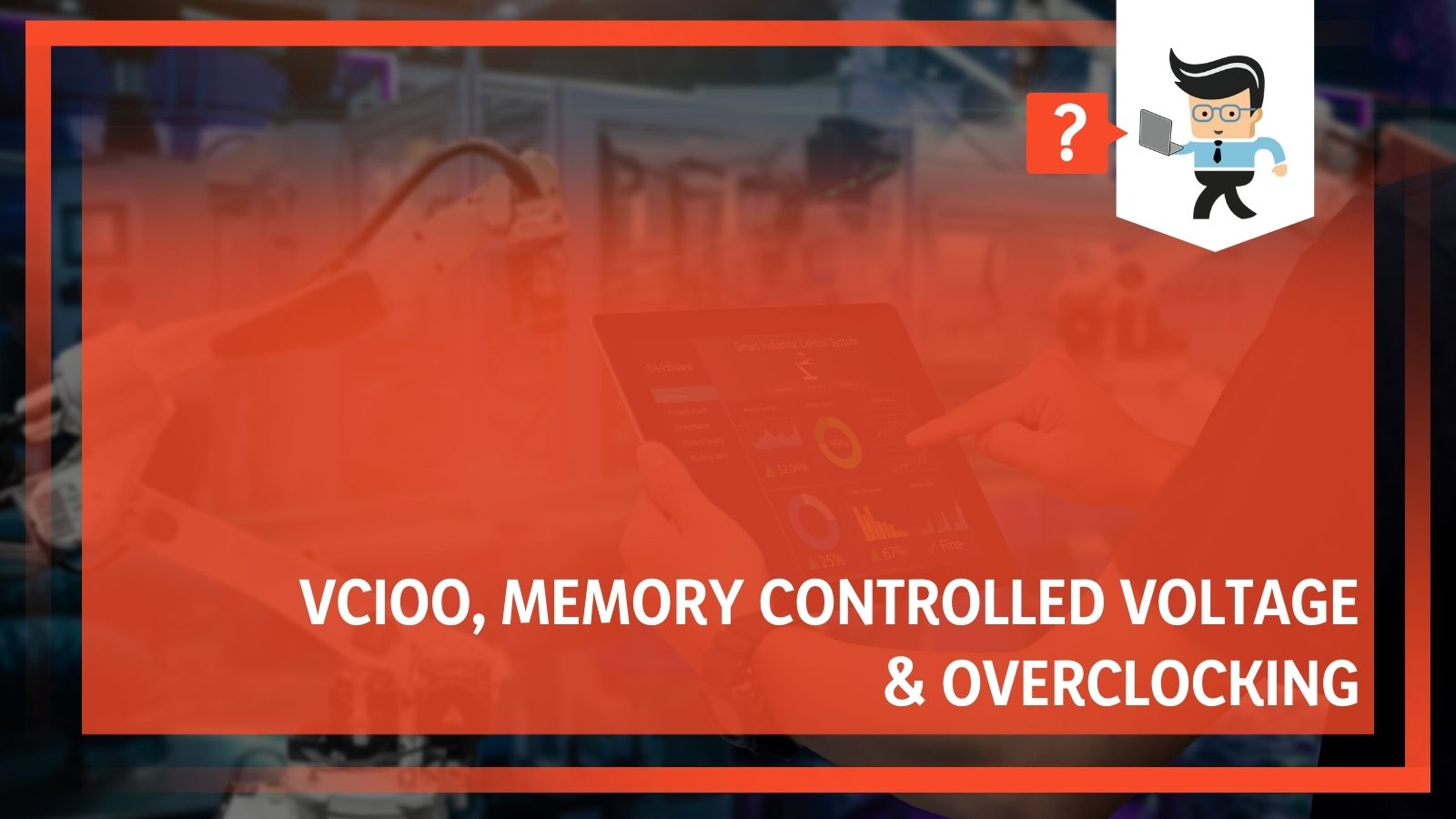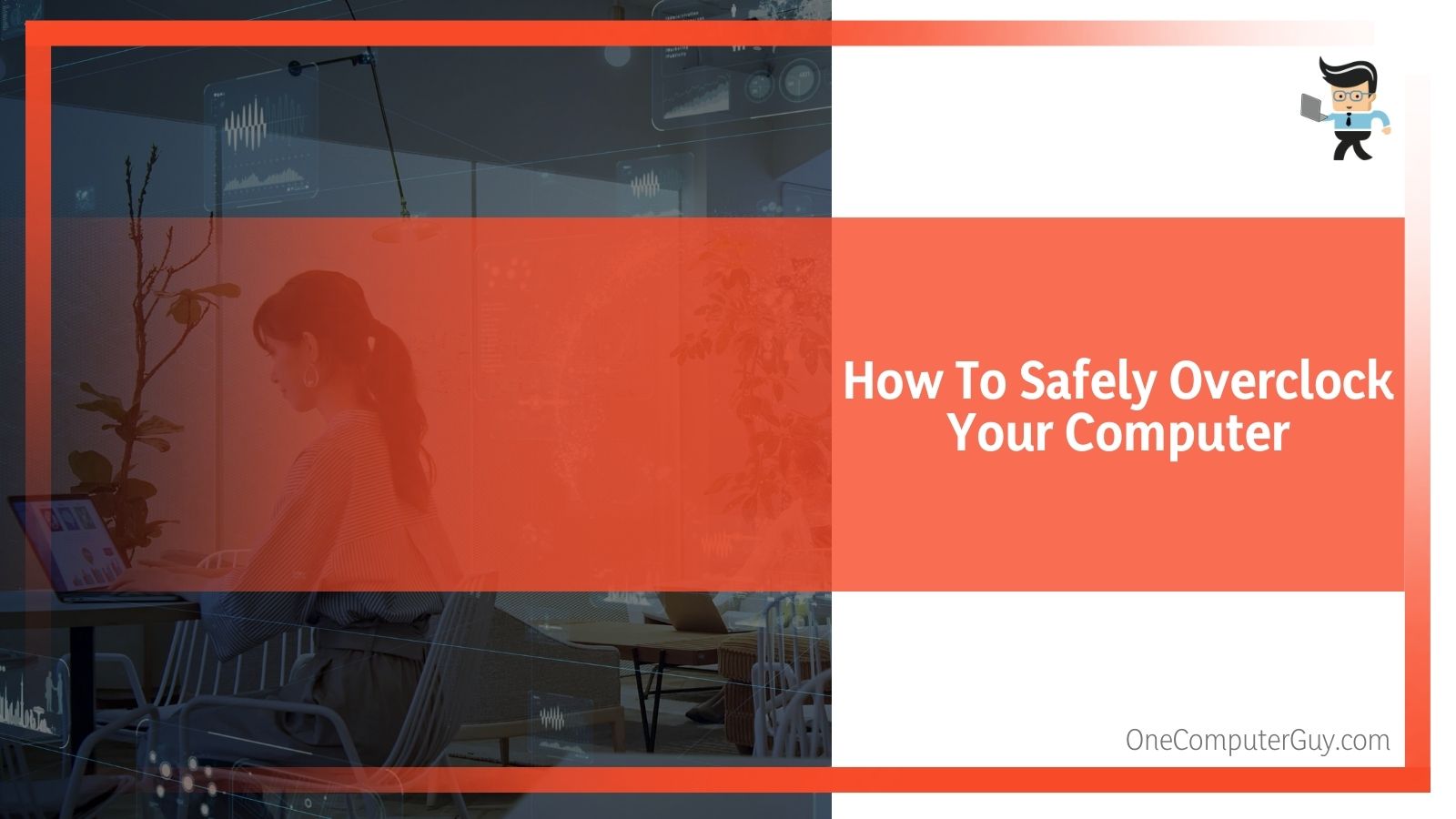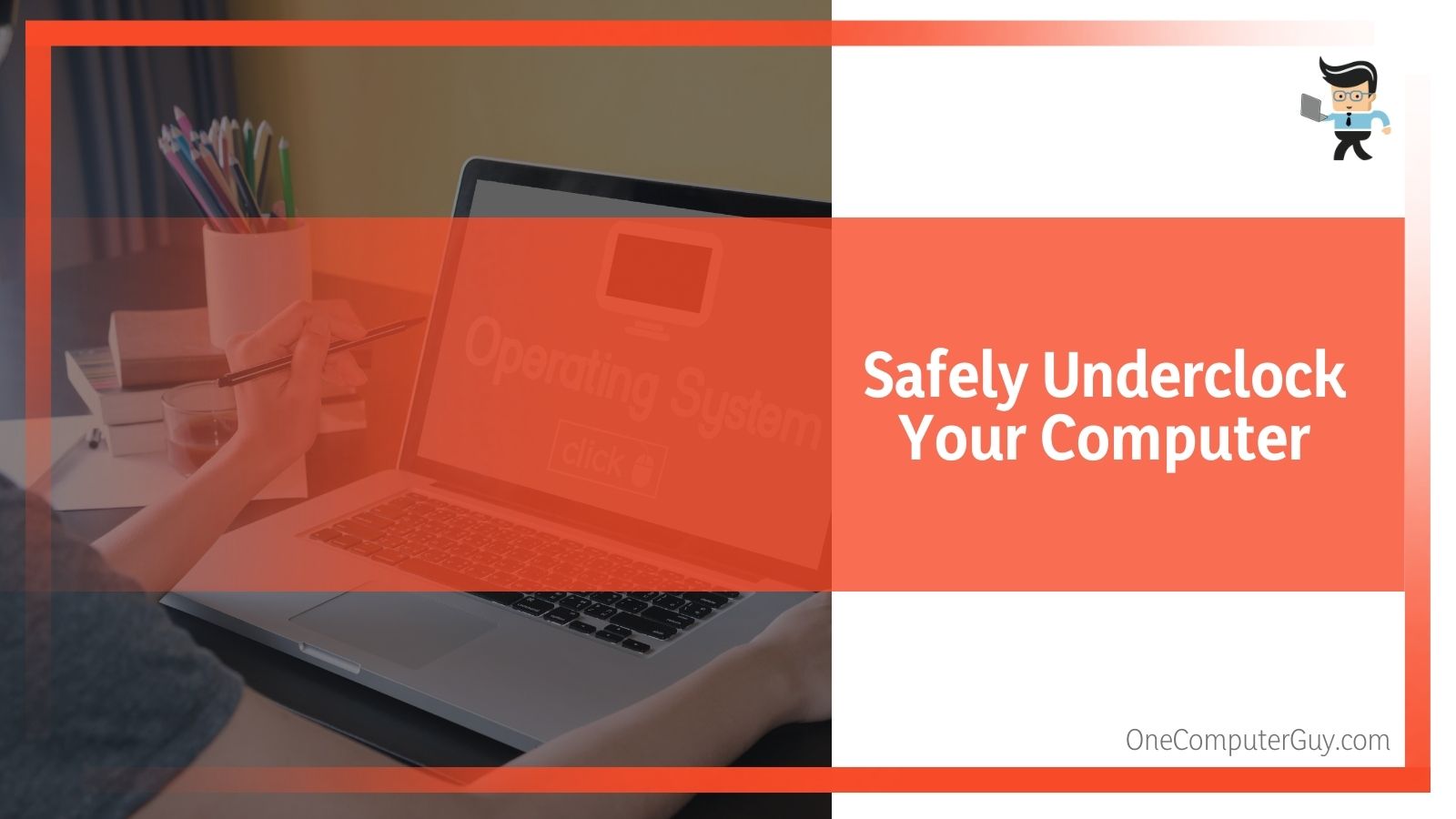In the past, the memory controlled voltage was built into the chipset. In today’s computer, it is built directly into the CPU. VCIOO is the Vcore or the voltage core. It is the primary core voltage that your CPU uses. It comes from the motherboard and is determined by your processor.
 Every processor is given a VID or voltage identification number. That is the maximum voltage defined by the manufacturer of the CPU.
Every processor is given a VID or voltage identification number. That is the maximum voltage defined by the manufacturer of the CPU.
It gets tricky because, while every CPU model has its own VID, not all CPUs of the same model will need the same voltage to run stably.
If you overclock, not all CPUs will have the same safe voltage. Some CPUs will need more and some will require less depending on so many factors that it can be difficult to figure out the rate without simply doing it and running a stress test.
Often, it comes down to silicon quality, and that isn’t something you can just test.
Instead, manufacturers will provide the VID at the lowest possible level to ensure stability. It will actually fluctuate in values and depends on the speed of your CPU. The load you put on your CPU will cause the CPU voltage and Vcore to fluctuate.
For normal users who don’t overclock or heavily game, everything is controlled by the motherboard, and users will never have to do anything.
Contents
What is CPU Voltage?
Within the BIOS on your computer, you will see three different CPU voltage limits, such as 1.12500. This value is automatically set, but you can actually change it to determine your own CPU voltage if you are looking to overclock or underclock your CPU.
Gentle overclocking isn’t going to do much to boost CPU voltage, but overclocking RAM can cause the CPU to demand more voltage to reach and stay at those higher frequencies. At the same time, some CPUs have a higher VID than what it really needs to operate, and you can lower the voltage to save on power and to reduce those internal temperatures that can fry sensitive technologies.
The Amount Of Power Used By The CPU = The Amount Of Heat Generated = The CPU Voltage Used
In general, core voltage levels will remain at a constant value while you are using your CPU.
However, under heavy workloads like when you are gaming or trying to do quite a bit at the same time, it will fluctuate.
Some people call this “vdroop” and you can fix it with load-line calibration. When you do this, you are adding additional voltage as the load increases, which will maintain stability in the CPU.
How To Safely Overclock Your Computer
If you are new to overclocking, you have to know that it is an extremely thin line to walk. You can only push your CPU so far or then it will start to become unstable. If you push it even further, or you don’t pay attention to heat, you can do irreparable damage.
 Programs will start to crash or hang up, you may see stuttering or artifacts in your games, and your computer may even go into self-preservation mode and stop booting up. This is because you do not have the voltage necessary to maintain stability.
Programs will start to crash or hang up, you may see stuttering or artifacts in your games, and your computer may even go into self-preservation mode and stop booting up. This is because you do not have the voltage necessary to maintain stability.
If you want to overclock, you will need to increase the amount of voltage to your CPU. It is a bit of a “guess and check” situation in that you will have to play with the numbers to see what your perfect level is, and it may be different in different situations.
To adjust your voltage, you will need to get into your motherboard’s BIOS and start making adjustments. As mentioned, the Vcore is expressed as a decimal value, such as 1.12500. As this is auto set up, it might not be the perfect number for your computer. You can type into the field at any time to override the value.
In some models, you may get a notification when you approach the limit. For others, you won’t get a limit warning so you will have to look it up for yourself.
Before you start trying to overclock, you should stress test and get a baseline value for speed. This will vary from model to model, but you should be able to find the answer with a simple Google search.
If you have a gaming computer, you should find it pretty easily. If you have a traditional, pre-built computer, it may be a little harder to find it.
Still, most publications will list the voltage and you may even be able to find it with the literature that comes with your computer.
These values will provide a place for you to start so you can get to your perfect level that much faster when you are trying to overclock.
If you do boot up your machine and don’t find stability issues, you can start to decrease or increase the voltage. When you overclock, you want to find the lowest voltage requires to keep your system stable. The lower the voltage, the less heat. The higher the voltage, the more heat. It is a fairly simple equation.
If you are looking to safely adjust your VCIOO, do so in increments of 0.01 volts. This will lower the CPU’s voltage gradually so that you can see the impact. Eventually, you will lower it too far and the system will crash under the load.
Once you reach that level, you can go back up in even smaller steps until the system stabilizes again. To do this, you can make adjustments as small as 0.001 increments.
As you overclock, be sure to check on CPU temperatures to see the impact it has. It may even be more effective than upgrading your CPU cooler.
How To Safely Underclock Your Computer
Changing the memory controlled voltage for overclocking isn’t the only thing that people want to do. Some people want to undervolt. Higher voltage levels can cause your CPU to overheat, regardless of what else you are doing with your computer.
 Some CPUs have a higher VID than what is necessary. Some people will choose to undervolt their processors to maintain stability while decreasing temperatures. The ultimate goal is to increase the lifespan of a processor. Some people will do this by disabling Turbo Boost, but this isn’t the best approach to shed heat.
Some CPUs have a higher VID than what is necessary. Some people will choose to undervolt their processors to maintain stability while decreasing temperatures. The ultimate goal is to increase the lifespan of a processor. Some people will do this by disabling Turbo Boost, but this isn’t the best approach to shed heat.
While you may see the inner temperature go down, it isn’t effective for most people because it does not keep the same level of performance. The computer will actively perform worse than it did before. However, if that isn’t something that bothers you or you want to make minimal adjustments so that it doesn’t actually impact performance, you can do that.
To undervolt, you will essentially do the same thing that you did with overclocking.
You will start by decreasing Vcore in increments of .01 and then fine-tuning the amount with adjustments of .005 until you get where you want to be.
VCIOO, Vcore, and memory controlled voltage aren’t things you want to adjust or mess around with if you aren’t comfortable doing so. You can significantly damage your PC if you aren’t careful. However, it can be extremely helpful when you are gaming.
Talk to someone who knows what they are doing before you try it on your own. There are plenty of people out there who are willing to teach people how to do this to their own machines.







